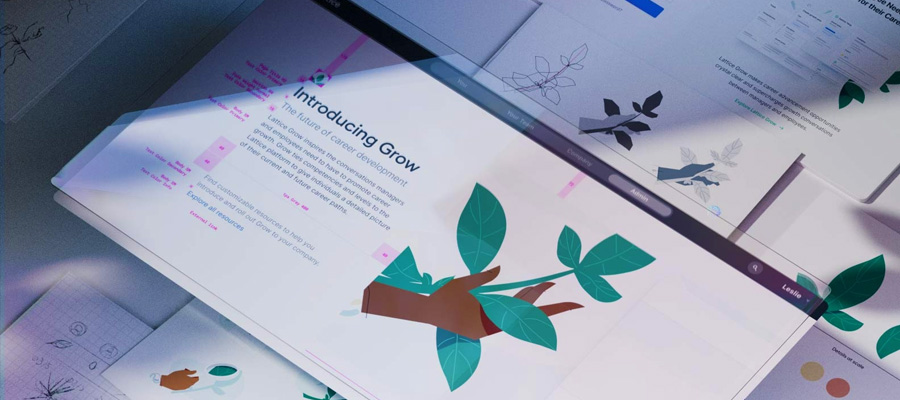If your ambition in life has been to enter the creative sectors and industries for as long as you can remember, but you have recently realised that your creative prowess is not going to be enough on its own to get the ball rolling down that particular career path, then you’re probably verging on the edge of giving up. However, did you know that you probably have the tools and the keys to unlock (or loosen) the door to getting yourself into the creative industries, right under your nose? Specifically, these keys are under your fingertips every time you use your laptop or any other device that you use to access the Internet — you can use them to start yourself up a blog!

Now, you may think that all of your time and efforts should be dedicated to finding a job, or finding experience, in the creative industries; yes, this is what you should be doing, but creating and running your own blog can play a part in this, especially in this day and age. First of all, it’s a way in which you can garner a reputation as being somewhat of an expert, or that you are talented, in the field that you’re wishing to enter by leaving examples of your genius on your blog that are accessible for any potential employers or clients to log on to and view in their own time, even if you have no real previous experience to show of in the field. This could be pieces of writing, if you are a prospective author or wishing to enter the literary sector; photographs, if you are a photographer, examples of websites you have worked on; if you are a graphic designer; or illustrations, if you are an artist. This means that, basically, you are leaving a CV out there that is readily available 24 hours of the day, every day, without having to abide by the rigidity of a curriculum vitae. For instance, instead of merely saying you can do something, you are qualified in something, or that you are trained in something — as you would on a CV — you can prove your worth by showing examples of your creative work. Make sure to see other great ways to share creativity in the hope of one day being discovered.
And leading on from this: because your portfolio, which is essentially what it is, is openly accessible, it opens the door for real-time discussion about it and feedback. If it’s all positive, then that’s great — it’s nice to be reaffirmed every once and awhile that this goal you are working towards isn’t as crazy as it sometimes seems, and that your previous efforts have been worthwhile. If you receive negative feedback, however, then that is even better. Receiving particular criticism, especially from those deemed to be in creative industries, is the best way to hone your skills in way where they will become specifically tailored for whatever it is you wish to enter. Yes, you may be a very, very good writer, and you may have a Creative Writing degree, but you may be missing a trick in your writing by not writing in a specific way that will lend it to being picked up more frequently, or even at all, by publishers.

Creativity at the keyboard
However, in order to retain the option of having real-time discussion and feedback, you must be prepared to upload posts and pieces to your blog on a regular basis — you don’t want it to go stale, do you? This will not only benefit you by way of the fact that you have a constant string of reviews and ratings to work from on tap, but because it will optimise your SEO. Simply, the more you post, and the more cleverly that you post, the bigger the chance that somebody of real importance in the industry will become aware of you. By cleverly, it is meant that you should use a host of search engine optimisation tactics, such as using long-tail keywords sparingly, rather than using shorter ones more frequently. Using too many will send your SEO into overdrive, and not in a good way, because search engines such as Google will deem you to be ‘keyword stuffing’, and will subsequently deem you to only be doing so in order to improve your SEO rank, which is most definitely frowned upon. Aside from this, using long-tail keywords in your blogs will mean that you are attract the audience that you want to attract, as only those who want to find information on a specific subject will search for a specific and long keyword. And even once you have attained your goal of getting your foot in the door in the creative industries, you should aim to retain activity on your blog in order to really solidify your credentials as a creative and to better any potential ventures you may wish to go forward with in the future. This may prove difficult, what with the added workload of your new job in the industry, so an option to go for could be seeking the services of a blog writing service. You could seek the assistance of services who will provide your blog with relevant, researched and professionally written content for you, meaning that you can focus on your new life away from the keyboard. Doing so is not cheating, far from it. It’s a different way of using the blog, yes, because it’s not as personal, but the blog is still fundamentally being used for the same goal as it was before: to create yourself an online presence that would garner real life opportunities. So not all that much has to change, in truth.

Creativity on the tablet
In truth, the advice above can be transferred to all kinds of different businesses. However, the reason why blogging lends itself so much to the creative plight is that it offers a platform for creativity to be openly showcased, all for little expense. As well as this, a lot of the work in the creative industries in this day and age make use of, and even survive because of, online facilities and platforms. Starting and running a successful blog is a way of showing to your potential new employers, or even clients, that you are the right person to fulfil their creative needs.




















